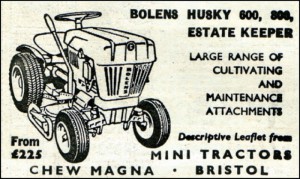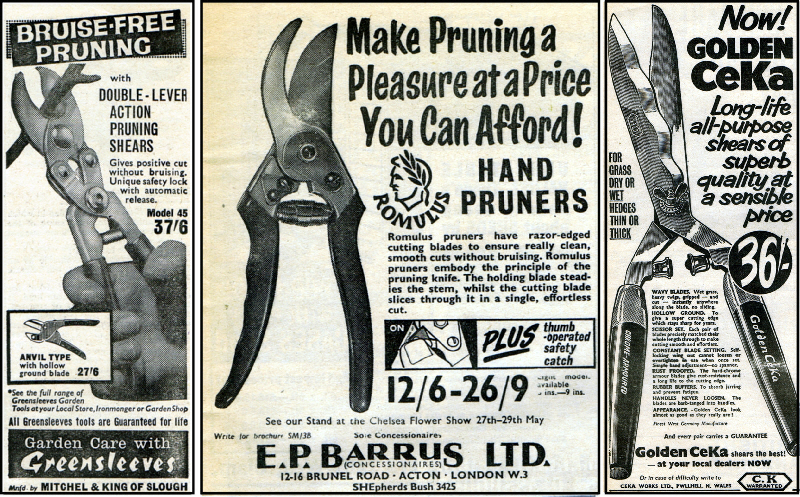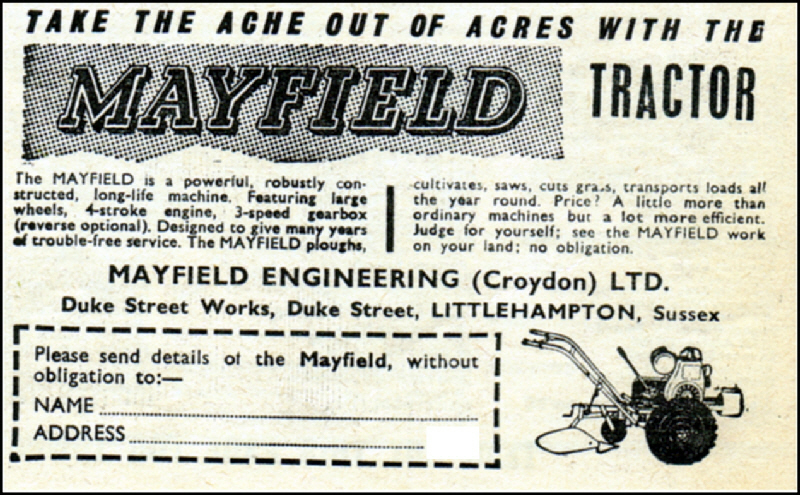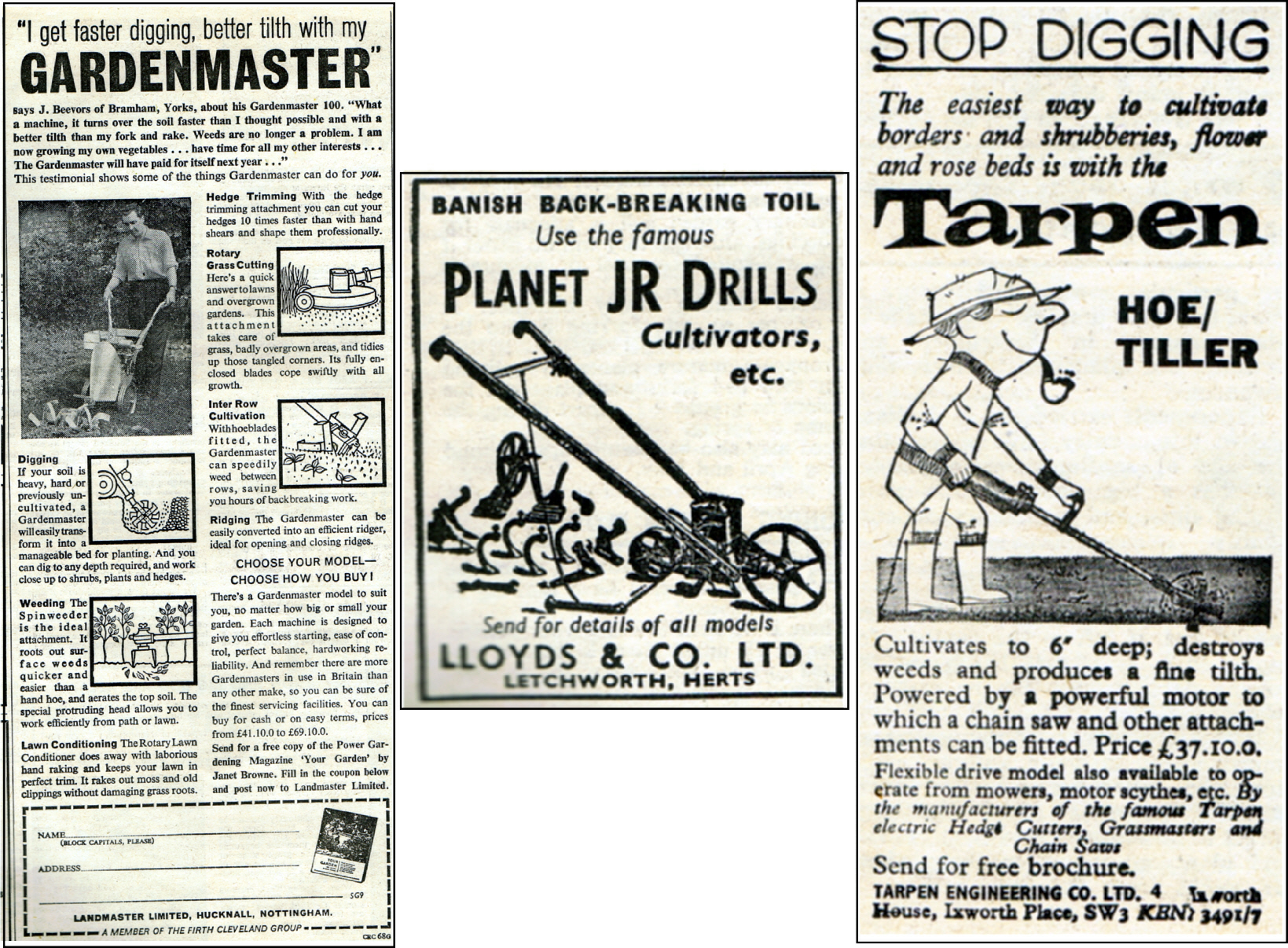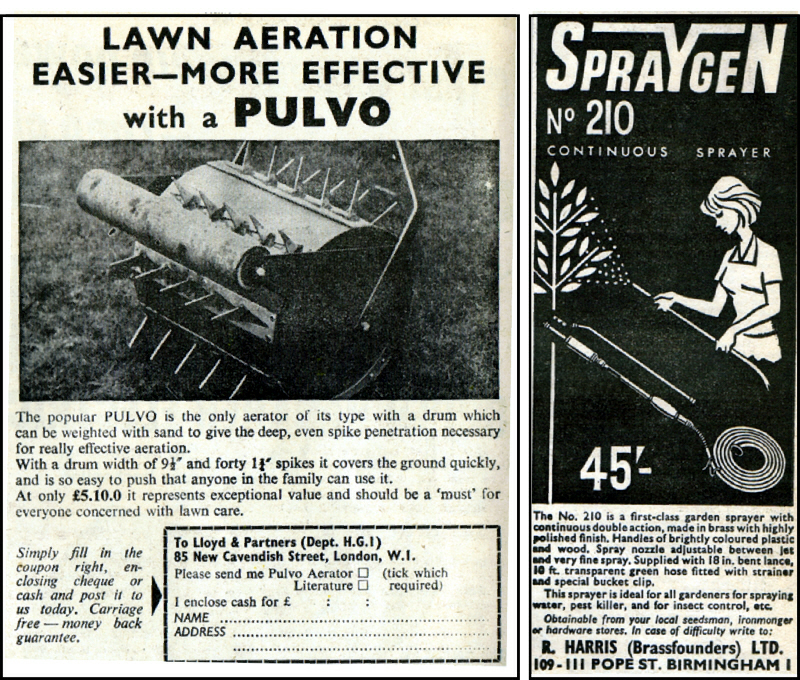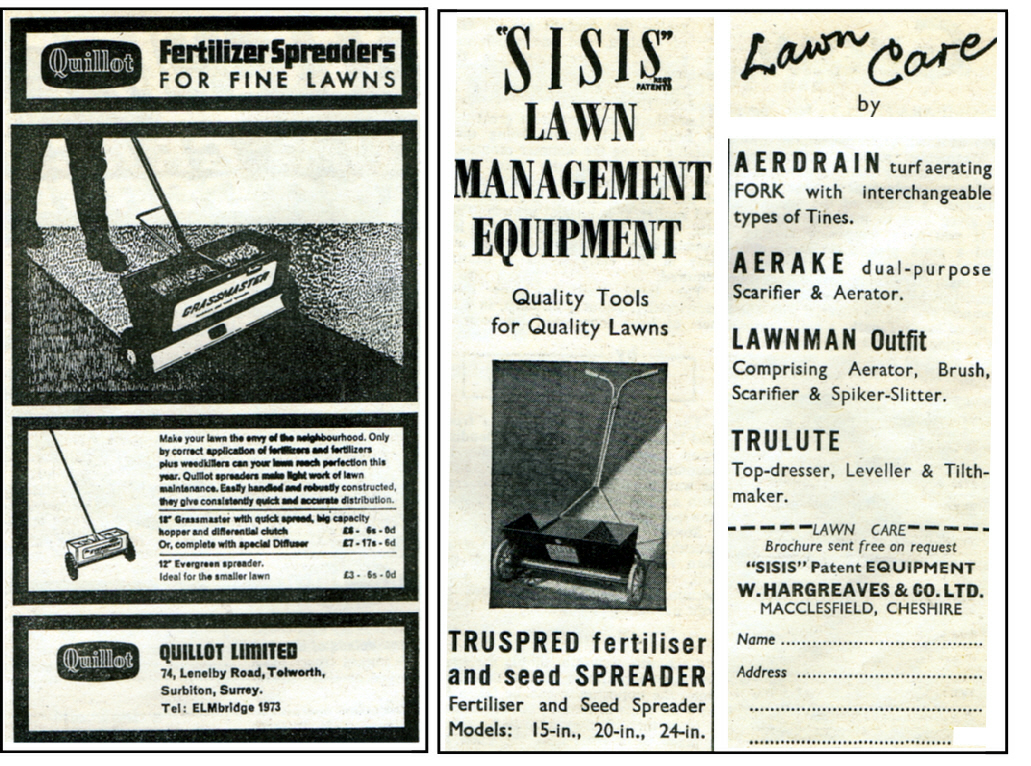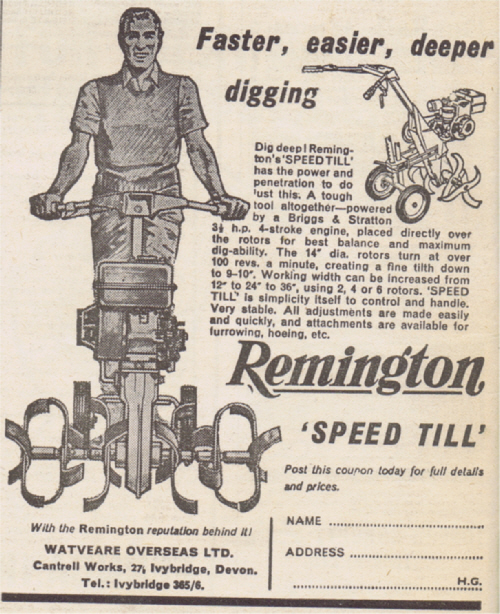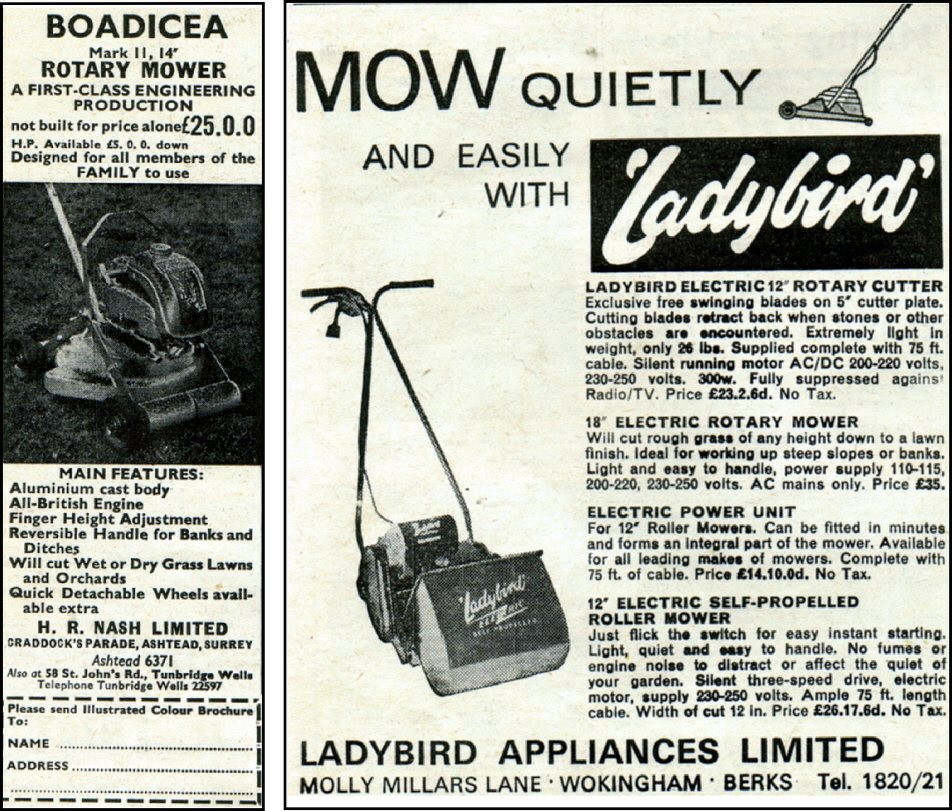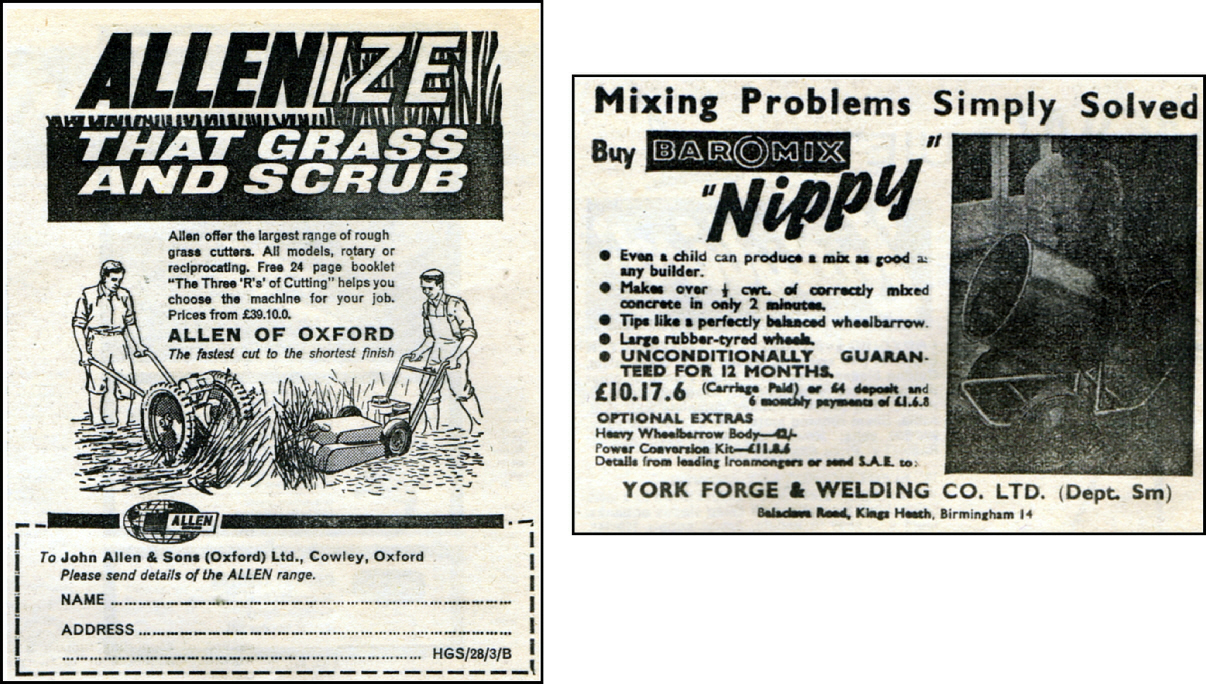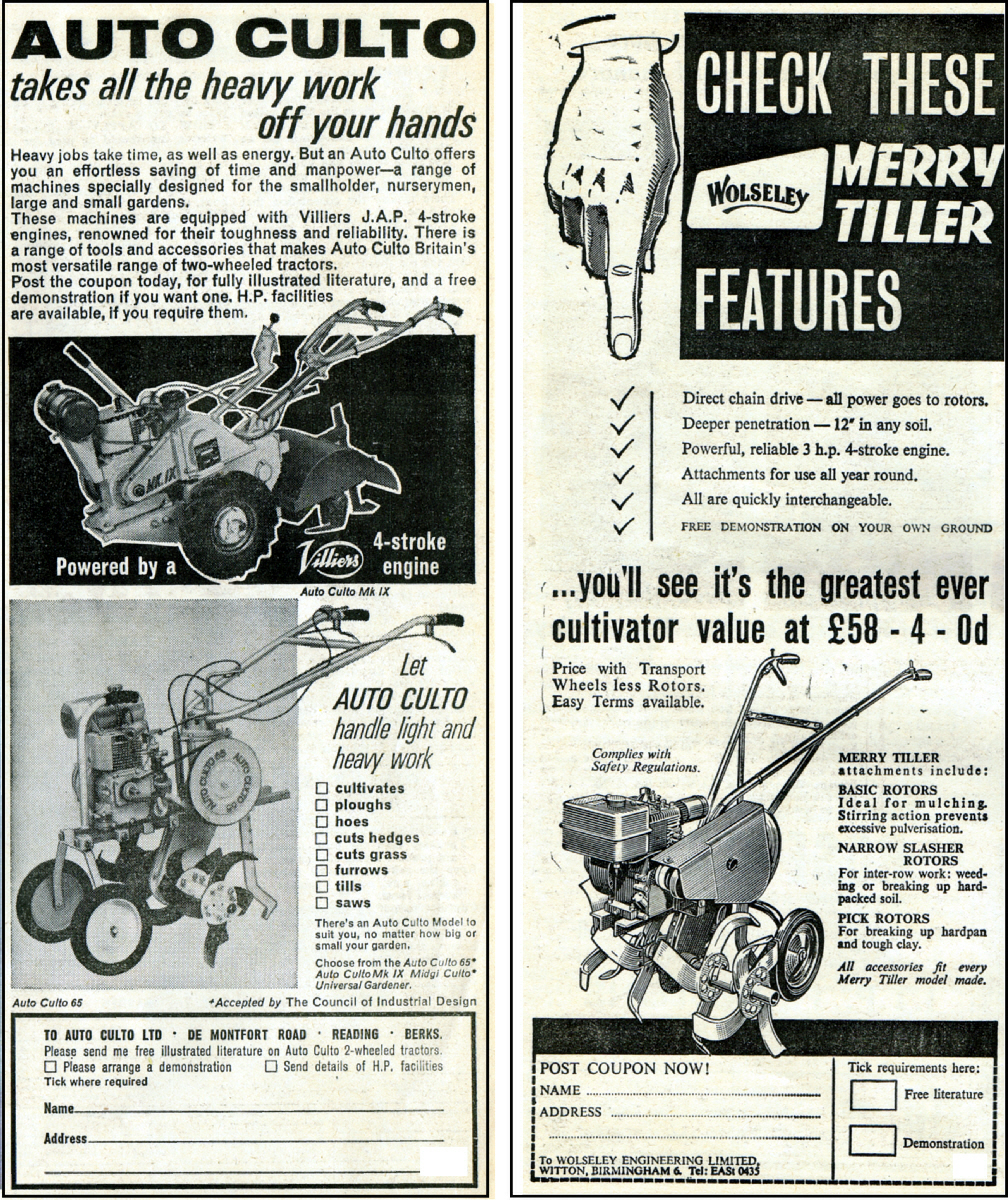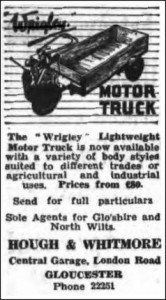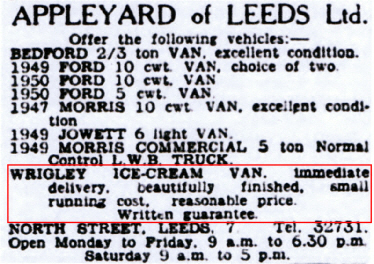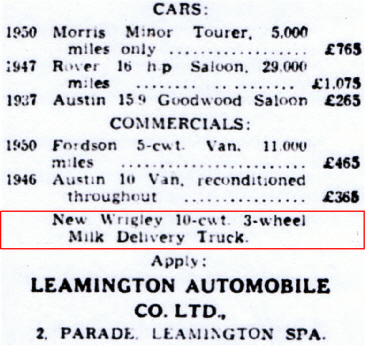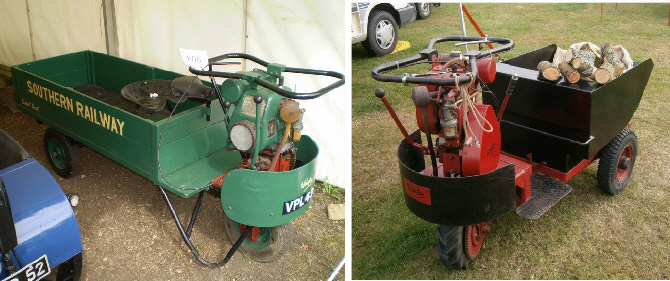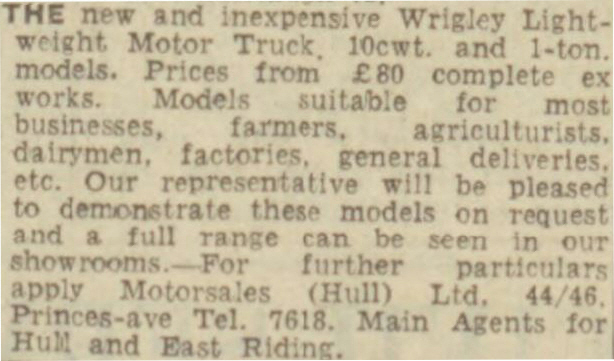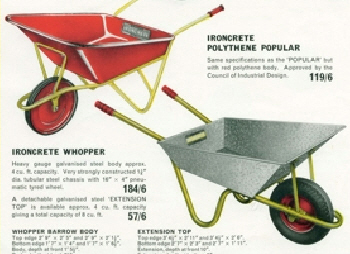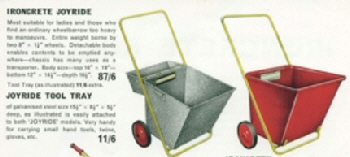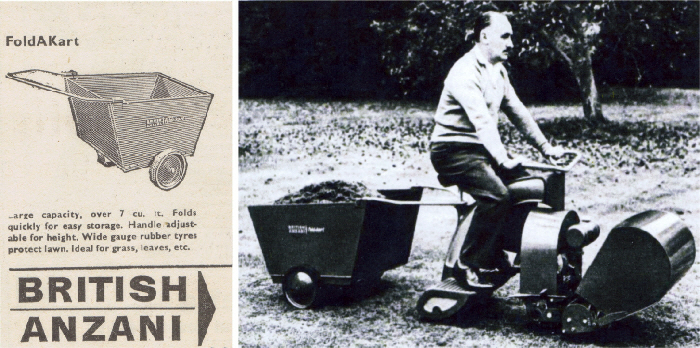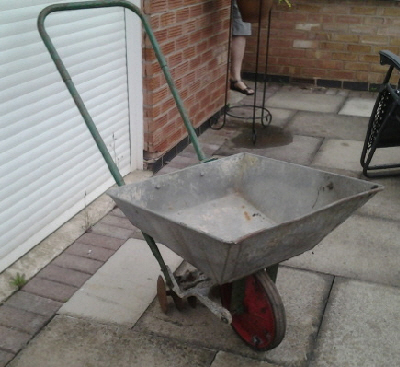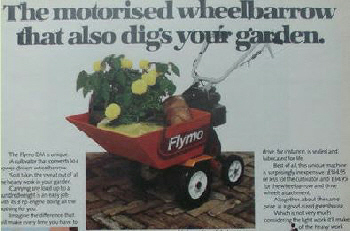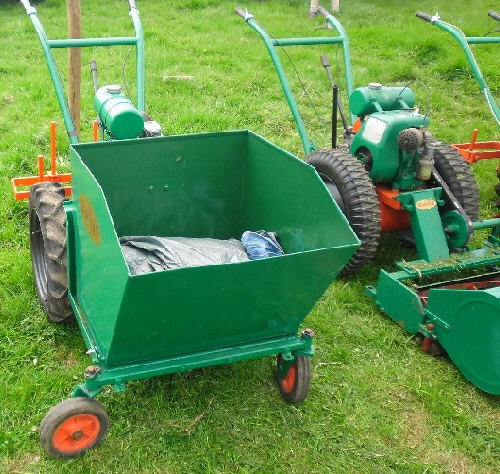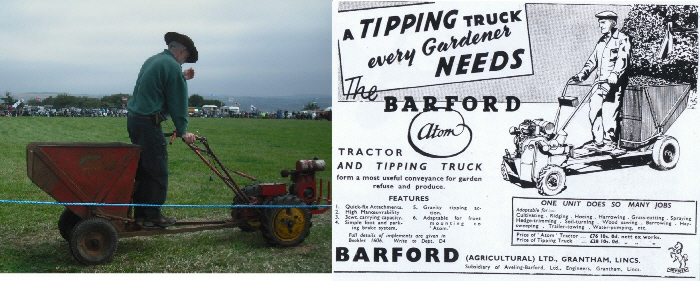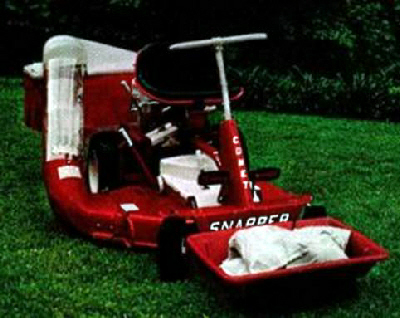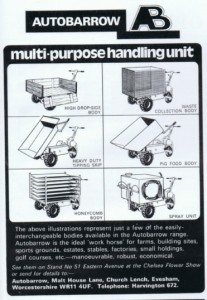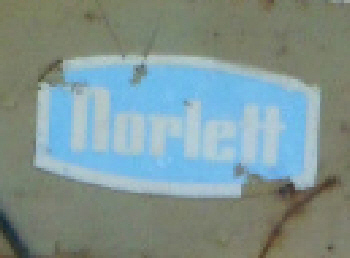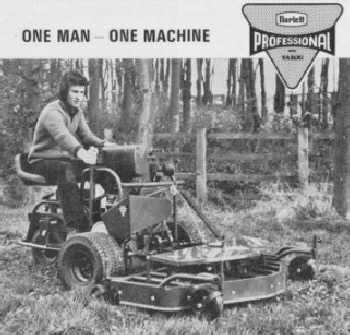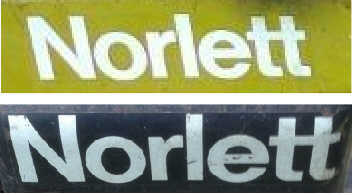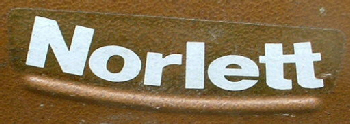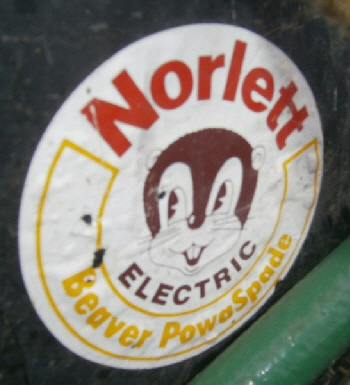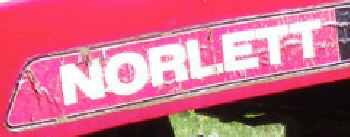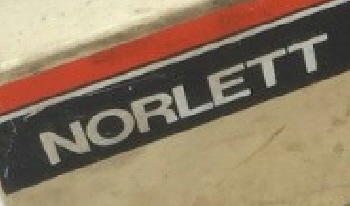1936 Catalogue Sprayers
February 21, 2017 in Articles
Whatever the reason for a shiny new sprayer, they start at a low-price point, or as we say in Yorkshire ‘For the more economically-minded man’. An all-purpose hand sprayer for spraying fruit and roses, bushes, crops, limewashing, creosoting and disinfecting was available for 23/- as in the image below. This was probably a good entry point sprayer but a pneumatic sprayer would be even better…..
For the greenhouse a small handheld pneumatic sprayer would be ideal as in image A below. This sprayer ‘being made with tubular handle is most useful for spraying grapes, rose trees, and tall plants out of reach of the ordinary sprayer by fixing same on pole or ordinary bamboo lance‘ – so now we know why some sprayers have hollow handles!
The knapsack sprayers in images B and C were able to hold a greater volume of liquid with B being able to spray corrosive liquids too. Knapsack sprayer C had to be specified with a tinned copper container in order to spray corrosives such as lime and sulphur. This knapsack sprayer was quoted as being ‘The strongest and best finished Knapsack Sprayer on the market‘ with the best leather shoulder straps and a 39 inch lance.
The pneumatic sprayer in image F below was particularly suitable for disinfectants and insecticides and could either be carried on the back or sat on the ground during use. The bucket sprayer D and Non-splash sprayer E were also ground-dwelling sprayers. The bucket sprayer is a very common item often seen at sales, complete with a four gallon bucket and a double-action brass spray pump it also came with an all-metal strainer to keep lumps out of the mixture when filling and cost 35/- complete in 1936.
The Non-splash sprayer in image E was ‘an entirely new departure in spraying machine construction…built on the lines of a milk churn..with a zinc gauze strainer thereby obviating all danger of the liquid splashing when being transported‘. It was fully guaranteed to give many years excellent service and was also 35/- or 39/- with lever handle.
But in the world of sprayers bigger with more gadgets could be better. The single-wheeled water barrow sprayer in the right image below has a galvanized tank measuring 16″ x 18″ x 12″ (10 gallons) which is painted inside and out, with an anti-spill rim and sprayers for plants, a jet for windows and also for car washing too. The first car power washer documented?
We have included here the swing water barrow on the left because it’s so advanced for loading water into itself with a hand-powered 1 & 3/4 inch semi-rotary pump with air vessel. Ideal for carrying water about for cleaning up after white washing the buildings. Price? A 40 gallon barrow with rotary pump and wheels for 96/- .
Note: Although the sprayers are unmarked there’s a reference to Westhill sprayers, more than likely the sprayers were mainly from that one supplier.
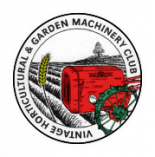
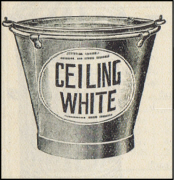
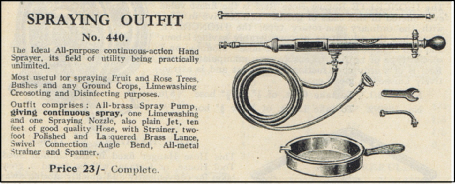
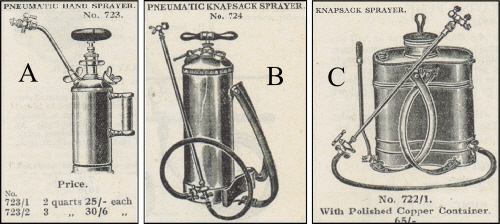
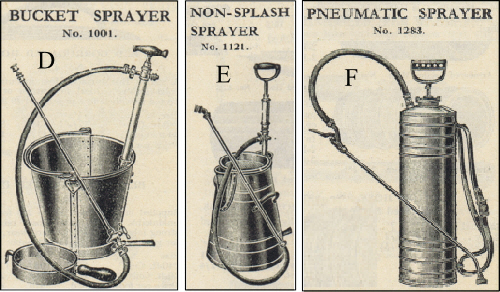
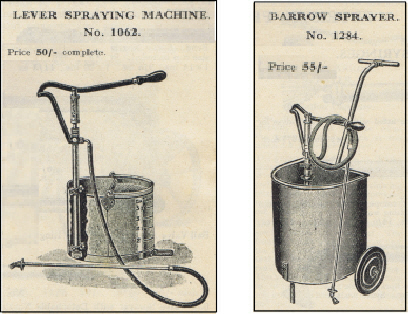

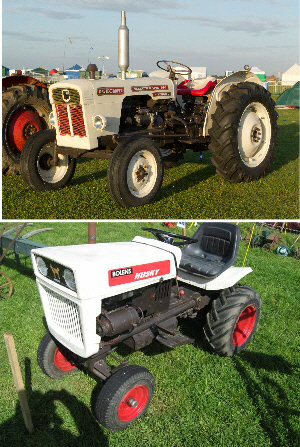
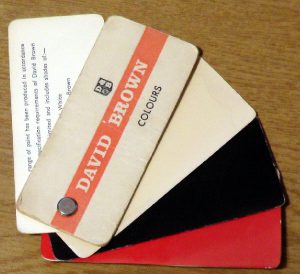
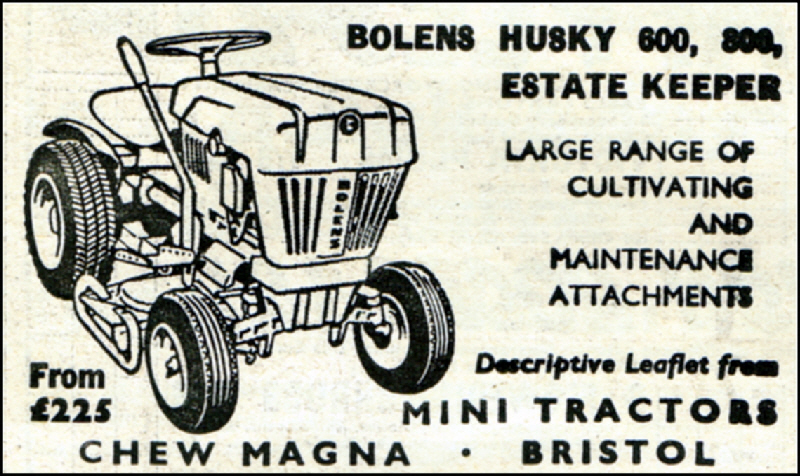
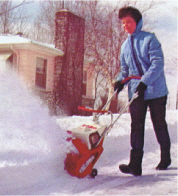


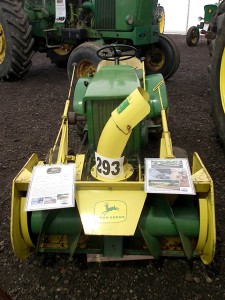
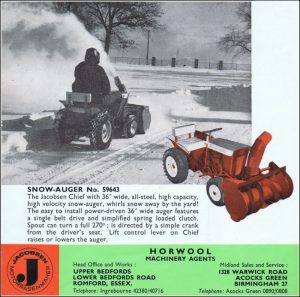
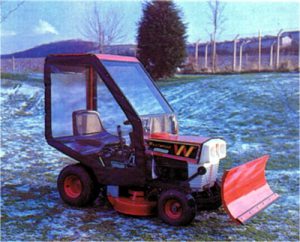
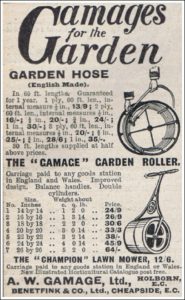
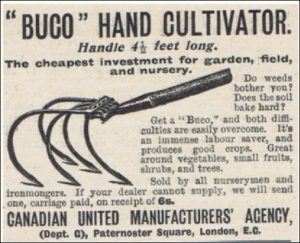
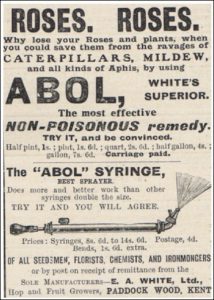



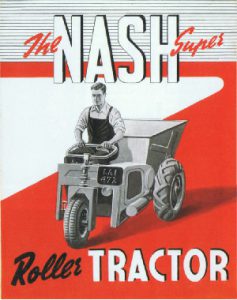
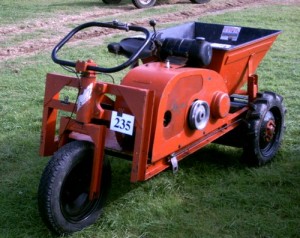
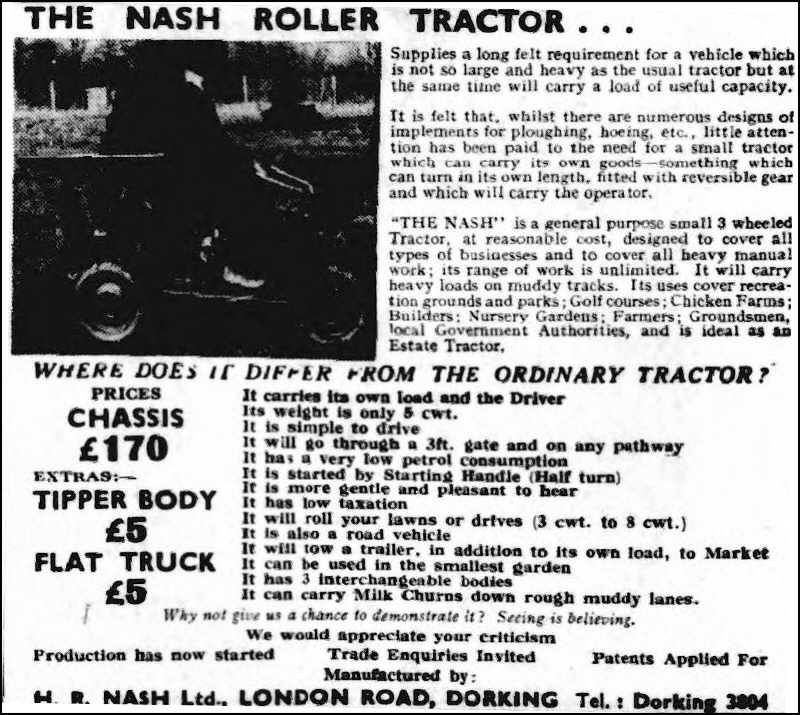
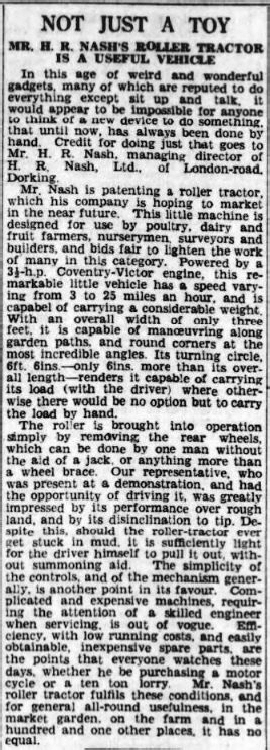
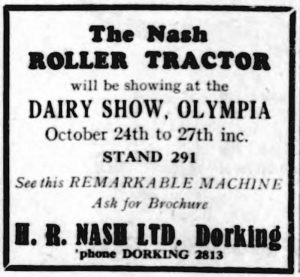
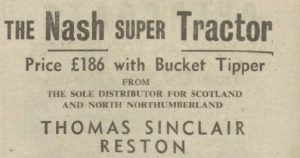
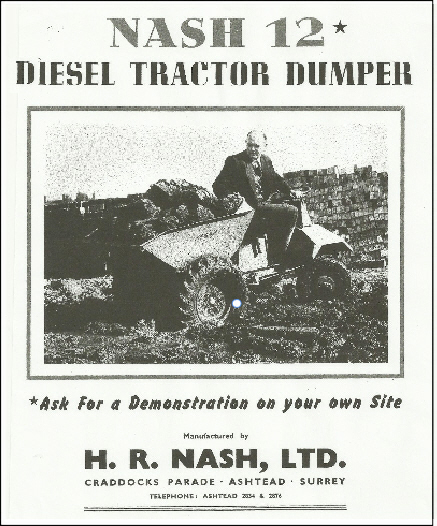
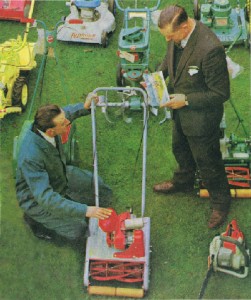 To set the scene and waken some memories 1964 was a notable year as it was when BBC2 started broadcasting, Daihatsu began importing cars into the UK (the first Japanese manufacturer to do so), Donald Campbell was setting world speed records in Australia and the Mini Moke a fun vehicle for the era and built by BMC in Longbridge hit UK roads.
To set the scene and waken some memories 1964 was a notable year as it was when BBC2 started broadcasting, Daihatsu began importing cars into the UK (the first Japanese manufacturer to do so), Donald Campbell was setting world speed records in Australia and the Mini Moke a fun vehicle for the era and built by BMC in Longbridge hit UK roads. 